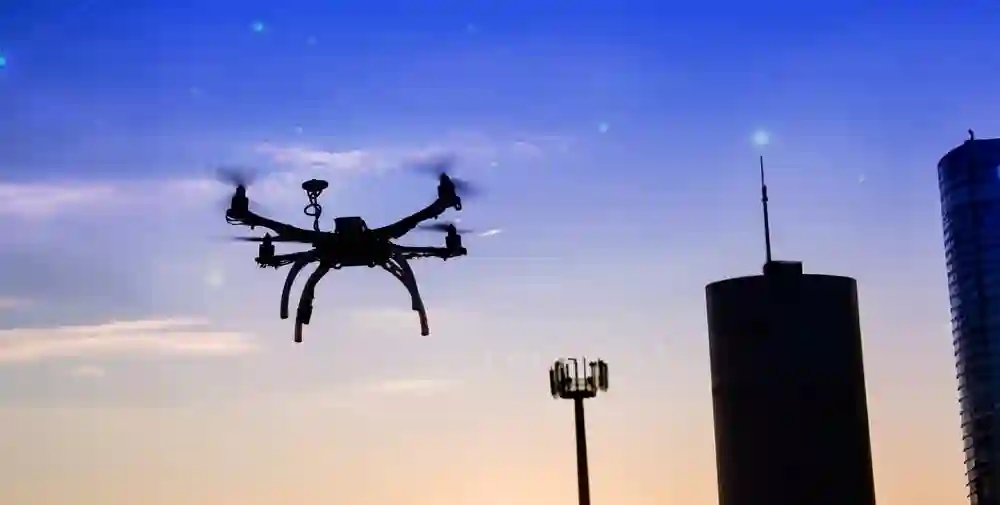The impact of tech on the courier industry and how it’s improving efficiency

As with most industries, in recent years, tech and computers have heavily impacted and transformed the delivery and courier sector in ways that would have been almost unimaginable just a few decades ago.
As delivery companies increasingly turn to technology for solutions and embrace it as an integral component of their operations, the courier industry is rapidly adopting innovative systems like parcel tracking, Artificial Intelligence (AI) and robotics. This tech is quickly transforming how courier firms operate and how packages are shipped, tracked, and ultimately delivered.
Common cost-reducing efficiency measures used by modern couriers
If you’ve ever shopped online, you’ll no doubt already be aware of just how much technology is improving the entire purchasing and delivery process. However, most industry experts suggest we’re just seeing the tip of the iceberg when it comes to how tech could be utilized in this sector – particularly when you consider the demand generated by the massive growth in online shopping.
Below are just a few ways tech is reshaping this age-old industry, helping courier firms improve efficiency while delivering better service to their clients.
Helping courier firms find work: The rise of so-called Peer to Peer (P2P) platforms, which effectively link firms with consumers over a hub platform, is transforming how courier firms can find shipping work. Using a P2P service, couriers can check for new jobs that suit their particular routes or budget while offering a great service to independent clients.
Tracking and real-time updates: While it’s true populations have become more au fait with shopping online, one major hurdle that has plagued the e-com sector for many years has been the wait time between ordering and receiving goods. Real-time tracking offered by implementing RFID and GPS data is now largely eliminating these problems, giving consumers far more accurate expected delivery dates.
The promise of autonomous, almost-immediate delivery: It’s commonly recognized within the courier sector that the so-called last-mile delivery process is often where the biggest delivery delays occur. With companies like Amazon now investing millions in establishing huge delivery centers across the world, the delays between a customer ordering product and finally receiving it have been hugely mitigated – but there is still that elusive ‘final-mile’ equation to bear in mind. For this reason, larger e-com firms like Amazon are spearheading the push towards autonomous delivery systems, including self-driving vehicles and even drone-drop services. Indeed, advances in this direction have mostly been limited by public hesitation rather than the systems’ feasibility.
The increase in contactless delivery and safety lockers: Statistics suggest the Covid pandemic accelerated the growth of e-com by as much as four to six years. However, as part of the isolation measures, one key trend developed – contactless deliveries and changes to how customers received goods. For example, there was a rise in smart locker drop-off points located in easy-to-reach places that can be opened with the customer’s mobile phone to pick up their order.
Artificial Intelligence and Machine Learning: Artificial Intelligence (AI) and Machine Learning (ML) are having an incredible impact on courier systems in a huge variety of ways. For example, AI and ML can be used to interpret traffic data and pick the best delivery routes – or can optimize fuel consumption based on product size and weight. They can also help with warehouse management and pick-up times, ensuring delivery firms maximize their profit while improving customer satisfaction and ensuring timely delivery.






